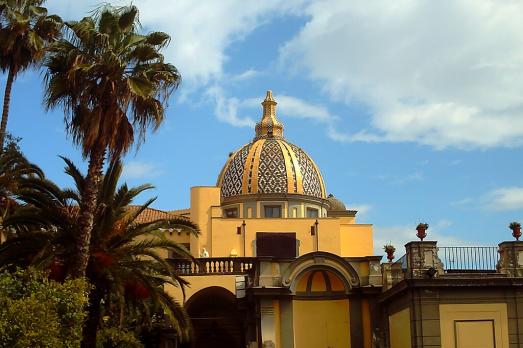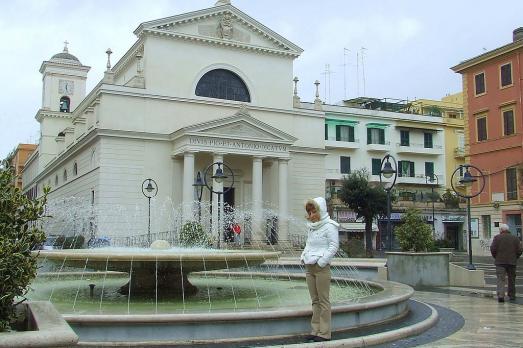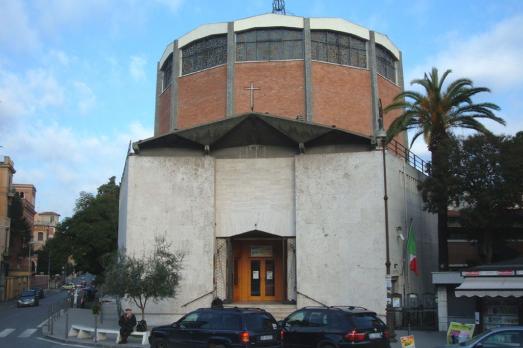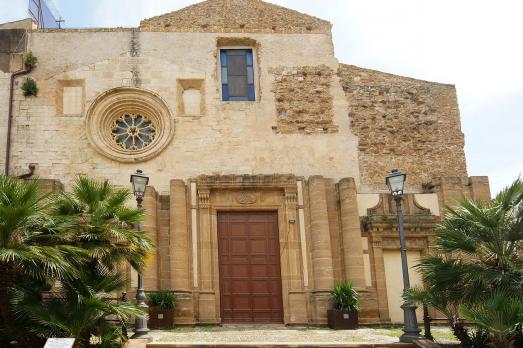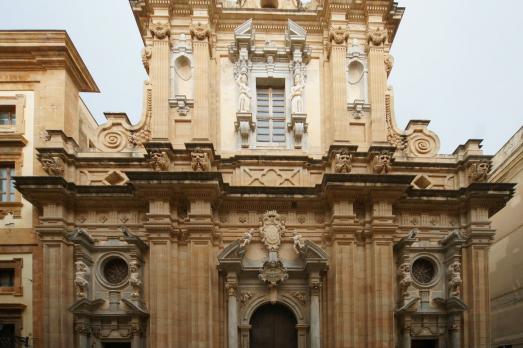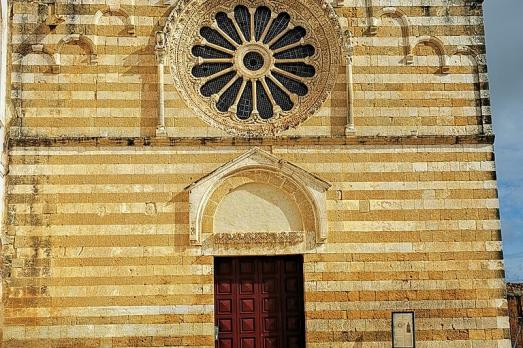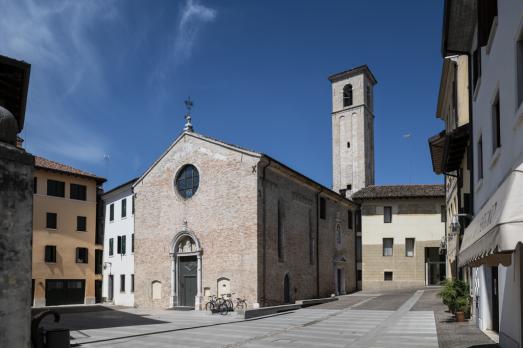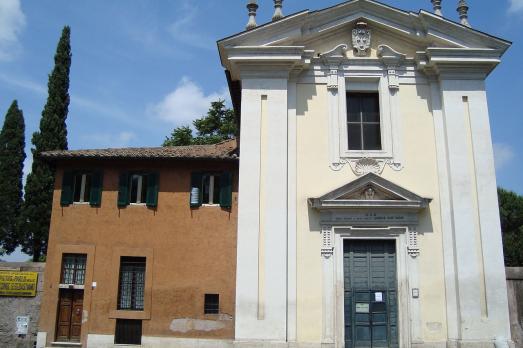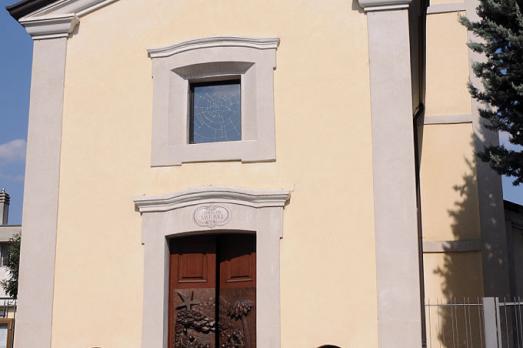
Chiesa dei Santi Magi
Legnano, IT
The Santi Magi church was built in the 18th century on top of an old medieval oratory. The structure of the building was partially rebuilt following the damage suffered during the Second World War. Due to the increase in the population of Olmina, the Church of the Holy Magi was elevated to the status of a parish church on 20 July 1986.
